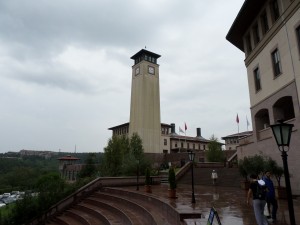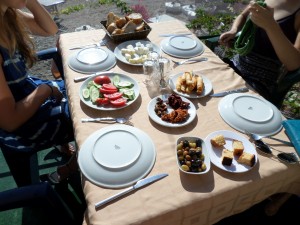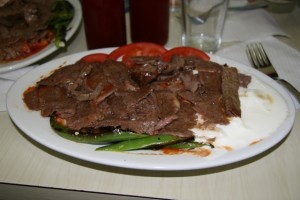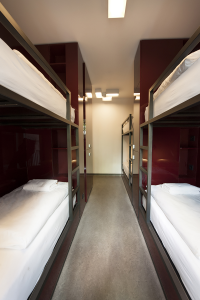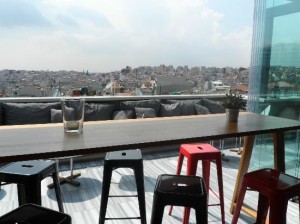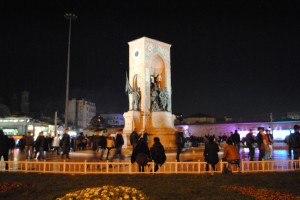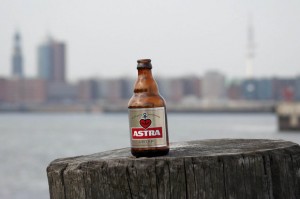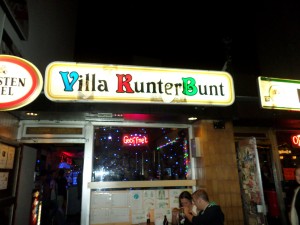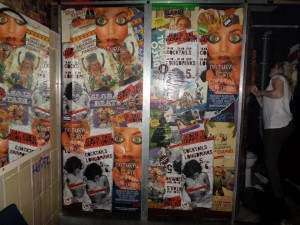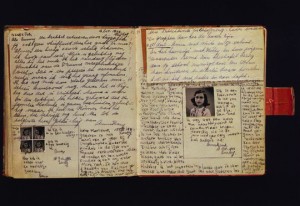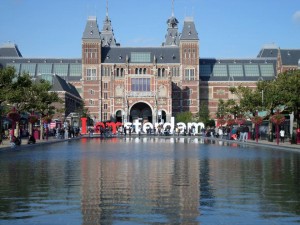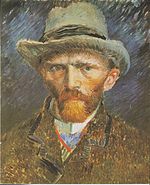This weekend, I journeyed to Cappadocia (Kapadokya), a vast historical region in central Turkey. Neither pictures nor history books could have prepared me for the overwhelming wonders to be found here. The ancient civilizations that once inhabited this rocky landscape left indelible marks, from fairytale cave dwellings carved into rocks stretching 130 feet into the air, to vast underground cities dug into the soft stone. Frankly, the only thing to do when you are presented with this amount of magnificence is to waffle around with your camera for a good long while and hope your pictures manage to capture the beauty in front of you.
 I traveled through Cappadocia with a tour group of about 50 exchange students from various Istanbul universities. Our schedule was quite grueling, as we had many stops to make, and not nearly enough time to spend in any of them. On the first day, we took in Lake Tuz, (Salt Lake) the 2nd largest lake in Turkey. It was kind of anticlimactic, as there was no water, only an endless view of salty ground. We didn’t spend much time there. We went on to make stops at various view points, the Goreme Open Air Museum, and a traditional pottery workshop.
I traveled through Cappadocia with a tour group of about 50 exchange students from various Istanbul universities. Our schedule was quite grueling, as we had many stops to make, and not nearly enough time to spend in any of them. On the first day, we took in Lake Tuz, (Salt Lake) the 2nd largest lake in Turkey. It was kind of anticlimactic, as there was no water, only an endless view of salty ground. We didn’t spend much time there. We went on to make stops at various view points, the Goreme Open Air Museum, and a traditional pottery workshop.
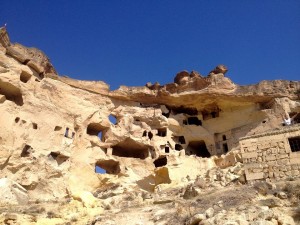
The second day passed in much the same manner. We climbed Uchisar Castle, the most prominent land formation in Cappadocia. We hiked through a picturesque valley and ate Pottery kebap, meat cooked in a clay pot. This is perhaps a good time to mention how tremendously well I ate over the course of this trip. (Too well. My pants don’t fit anymore. Ah!) Everywhere we went an endless stream of delicious food greeted us. At one restaurant, there was a dessert buffet that literally stretched over two tables.
The highlight of my time in Cappadocia was viewing the landscape from above on a hot air balloon ride. We took off at sunset, gently floating past the chimney shaped rocks, rising gradually to a height of 1,000 meters. In this moment, looking down at the earth from such a great height, history’s remnants taking shape before my eyes, I felt inexplicably alive. I can’t quite explain in words what I mean, much like a picture’s image can’t capture a scene in it’s entirety. Viewing this place, where so many lives were lived and lost, I felt very aware of my humanity. I then proceeded to take multiple selfies.

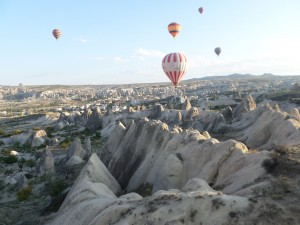
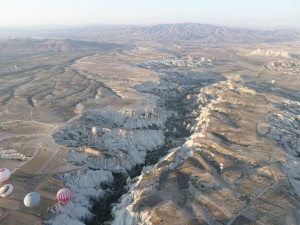 The last day of the trip passed in a blur of getting off and on the bus, seeing more impressive sights (Derinkuyu Underground City among them), and hearing our guide tell us to hurry. Finally, we got on the bus for the last time, ready to make the nine hour journey back to Istanbul. Back to reality.
The last day of the trip passed in a blur of getting off and on the bus, seeing more impressive sights (Derinkuyu Underground City among them), and hearing our guide tell us to hurry. Finally, we got on the bus for the last time, ready to make the nine hour journey back to Istanbul. Back to reality.
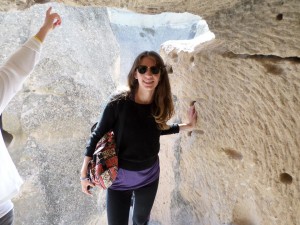
Chilling in Caves

